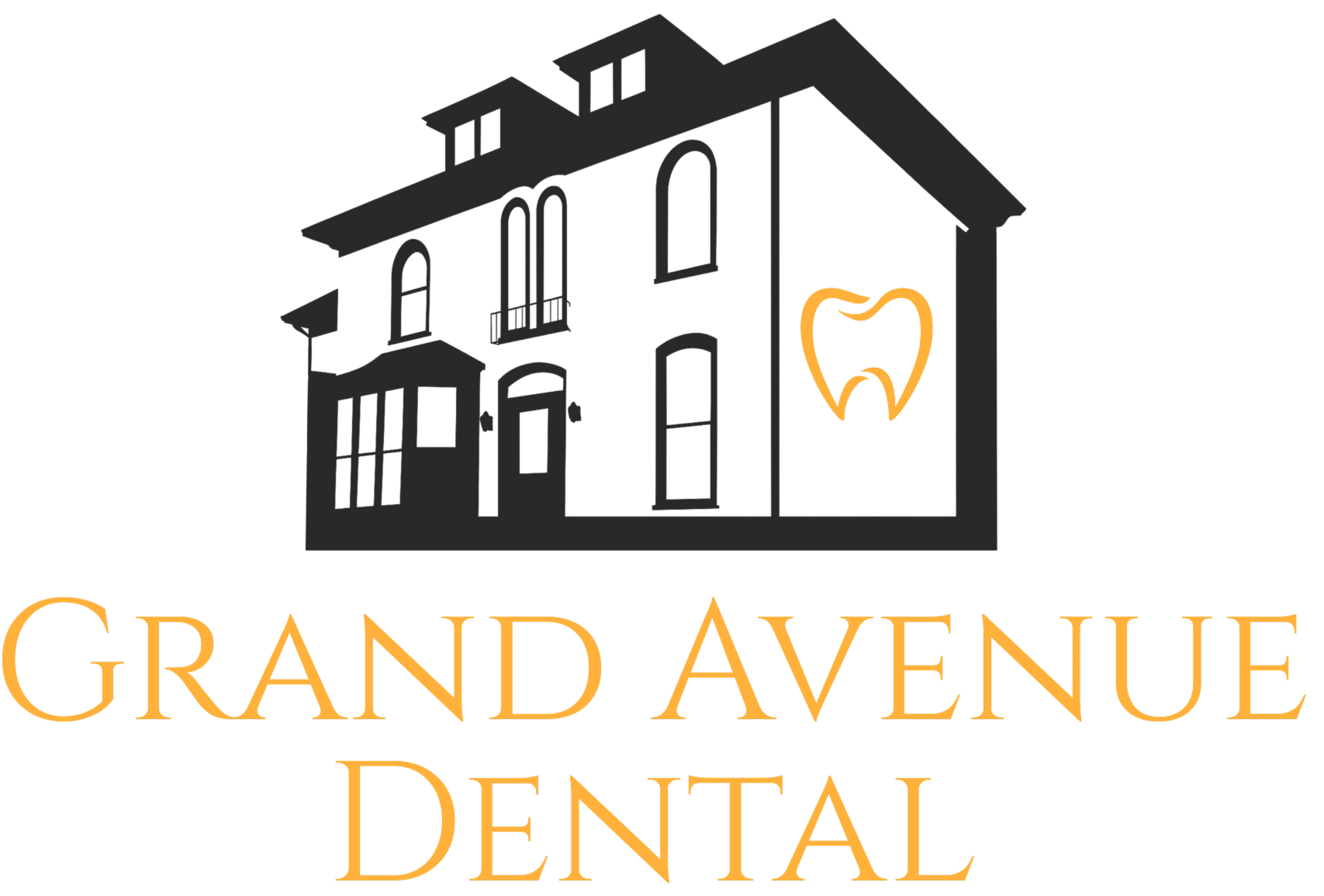Dental Bridges
Dental bridges are prosthetic devices that replace one or more missing teeth. They consist of artificial teeth (pontics) supported by crowns placed on adjacent natural teeth or dental implants. Bridges help restore proper bite, prevent teeth from shifting, and improve both function and aesthetics. Various bridge types exist, including traditional bridges (anchored to adjacent natural teeth) and implant-supported bridges. Both crowns and bridges play essential roles in restorative dentistry, contributing to the preservation of oral health, functional integrity, and the overall appearance of a patient’s smile. These treatments are tailored to individual needs and are performed with the goal of enhancing oral well-being.

Dental Bridges Q&A
What is a dental bridge and how does it work?
A dental bridge is a restoration used to replace one or more missing teeth. It consists of artificial teeth that are anchored to the natural teeth or dental implants on either side of the gap. By “bridging” the space, it restores your ability to chew, speak, and smile with confidence.
How long do dental bridges last?
With proper care, dental bridges can last 10–15 years or even longer. Good oral hygiene, including daily brushing, flossing, and regular dental visits, is essential for keeping both the bridge and supporting teeth healthy. Avoiding very hard foods can also help extend the life of your bridge.
What are the benefits of getting a dental bridge?
A dental bridge not only improves the appearance of your smile but also helps maintain the proper alignment of your teeth and bite. Replacing missing teeth prevents surrounding teeth from shifting, supports facial structure, and makes eating and speaking easier. It’s a functional and aesthetic solution for restoring your smile.
Meet Our Team
The Proof is in Our Patients

Insurance
We accept most insurance providers. If you have specific questions regarding your coverage, please contact us for additional information.







